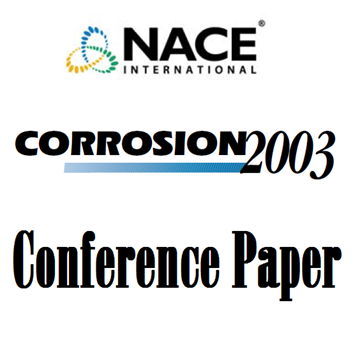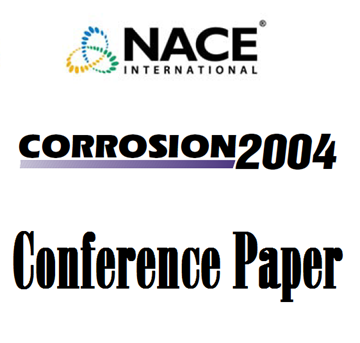Search
07057 STRUVITE SCALE FORMATION AND INHIBITION IN WASTEWATER
Also Purchased
03060 HYDROGEN SULFIDE AND MICROBIOLOGICALLY INFLUENCED CORROSION OF CONCRETE, STEEL AND DUCTILE IRON IN WASTE WATER FACILITIES
Product Number:
51300-03060-SG
ISBN:
03060 2003 CP
Publication Date:
2003
$20.00
05534 Membrane Technology Treating Oily Wastewater for Reuse
Product Number:
51300-05534-SG
ISBN:
05534 2005 CP
$20.00
04600 Microbiologically Influenced Corrosion Failure of AISI Type 304 Stainless Steel in a Wastewater Treatment System
Product Number:
51300-04600-SG
ISBN:
04600 2004 CP
Publication Date:
2004
$20.00
Recently viewed




